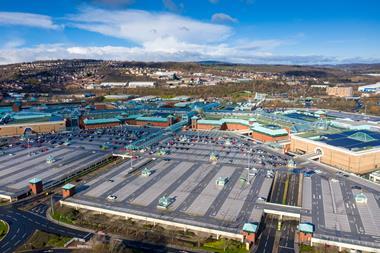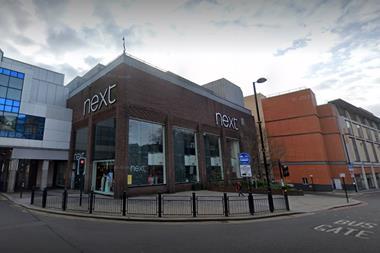Marks & Spencer and Tesco are the latest in a list of major high-street stores that reported better-than-expected sales over the Christmas period. Bricks-and-mortar retailers had taken a bit of a battering in the months prior as inflation hit and rolling industrial strikes affected footfall, so a positive result over the holidays was a pleasant surprise.
As we look forward, however, the sector faces some real challenges. Retailers are fighting an uphill battle, with high energy prices (which will become much more severe following the government’s planned reductions in subsidy), debt servicing costs, wage and cost inflation and weakening consumer spending.
Of course, almost all those who racked up Covid-related debt are also required to put money aside for their landlord.
Rail strikes also seem likely to punctuate this year, as they did the previous, which will weigh heavily on physical retail. Alongside this, almost one third (32%) of businesses reported they were experiencing a shortage of workers, which means shops are not able to open at all on days when one or more of their small pool of employees calls in sick.
In terms of figures, retail activity has already weakened across the UK after Christmas, but – more positively – has remained well above the levels seen a year earlier, according to the ONS. In the week to 1 January 2023, retail activity fell to 84% of the level of the previous week, according to figures from Springboard. Footfall in shopping centres saw the biggest fall, at 80% of the level of the previous week.
Retail sales are predicted to have contracted year on year in 2022 and further weakness is expected in the year ahead, as households absorb the sharpest real earnings contraction since 2009 and the effects of higher interest rates, which will continue to dampen discretionary spending.
These trends, of course, feed into real estate demand so we can expect the market to pivot once again in the coming weeks and months, even if only for a phase.
Addi Spiers, partner, Addleshaw Goddard






























No comments yet